The construction of one of Canada’s most advanced coal-fired power generation facilities is nearly complete, despite serious skilled labour and material shortages, as well as disruptions in the supply of equipment.
The construction of one of Canada’s most advanced coal-fired power generation facilities is nearly complete, despite serious skilled labour and material shortages, as well as disruptions in the supply of equipment.
TransAlta and EPCOR started construction of the Keephills 3 (K3) coal powered generation plant in March, 2007. The plant is a 450 megawatt (MW) facility located west of Edmonton, near the existing Genesee 3 plant, which went into operation in 2005.
The sister units, which are operated through a partnership between Capital power and TransAlta, are the first two coal-powered generation facilities of their kind in Canada.
“What is different about these units is they are supercritical pressure units in which steam pressure is significantly higher or above the critical point,” said Dave Conlin, the project manager with Capital Power.
“The higher temperature and pressure provides a more efficient thermal cycle.”
Conlin said it generates more energy from a given amount of coal than conventional technology.
Also, less carbon dioxide is produced.
“When building a large project like this with world-class technology, we are very much out there in the international markets with manufacturers and suppliers,” said Conlin.
“We have felt the effects of major world events due to the longer supply chain.”
For example, the project had parts trapped in China during the earthquake in May 2008 and also suffered from supply chain disruptions from Hurricane Gustav in August and September 2008.
Graham Industrial Services has a $100 million contract to provide construction management, earthworks, underground services and the structural concrete foundations for the plant.
“While we got going with construction a lot of other activity was taking place,” said Conlin.
“The engineering design and procurement was going on simultaneously with the start of construction. Everything is choreographed or phased in like a just in time manufacturing program.”
Construction of the power plant began with excavation and piling activity, which continued for more than a year, until July 2008.
During the excavation, Graham moved about 500,000 cubic metres of dirt.
“The market conditions in Alberta affected our ability to build this project,” said Conlin. “When we went out to tender for a piling contractor, we received zero bids.”
This problem was resolved when a contractor from B.C. formed a partnership with an Alberta contractor, who hired workers from Manitoba.
About 1,600 steel piles were necessary for the stability of the building’s foundation.
Graham had to deal with a shortage of cement when construction began on a foundation big enough to handle the equipment required by a coal-fired generating station.
“One of the most unique things about this project is we supplied all the concrete on site, which amounted to 40,000-50,000 cubic metres of temperature controlled concrete,” said Cecil Dawe, director of construction-industrial with Graham.
Graham designed and built a concrete batching facility, as well as an ice-making facility to provide 40 tonnes of ice each day.
The ice was used to keep the temperature of the concrete down for the numerous large pours.
Fly ash from Genesee 3 was used in the production of the concrete.
Dawe said a 2.4 metre-diameter concrete pipe with a steel lining was used for the water that will cool the generator and the turbine.
About two kilometres of underground cooling water lines and about four kilometres of underground piping for utilities were installed.
“Labour supply, the overall construction schedule and the fast track nature of the job were the biggest challenges on this project,” said Dawe.
When Waiward Steel Fabricators Ltd began the erection of the steel in February 2008, the project suffered from another shortage of skilled labour.
Waiward project manager Joel Fudali said the skeletal structure for the main boiler house required 9,000 tonnes of steel.
He said the boiler and all the high pressure piping hang on this steel structure.
The labour market is still tight because the project is currently at the peak of construction with 1,600 tradespeople on site. Another 200 are involved with Capital Power or in management.
“In 2009, we found that there are still some specialty trades in short supply, especially welders,” said Conlin.
“We are paying people to travel to the site and bringing people in from out of province.
“Recently, the situation has deteriorated, because all the refineries are doing maintenance at the same time.”
The facility has already reached the commissioning phase, which will be supported by construction workers into 2011.


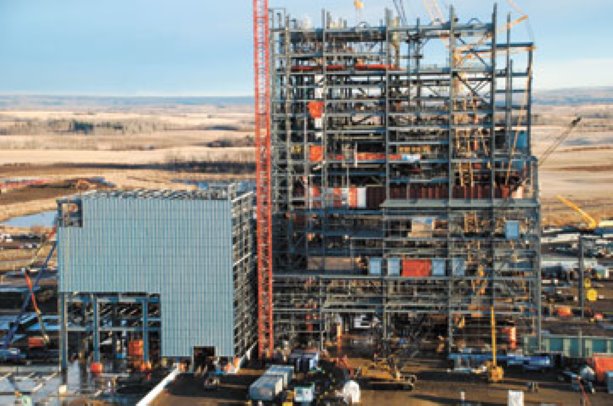

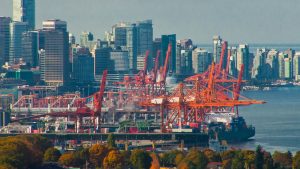

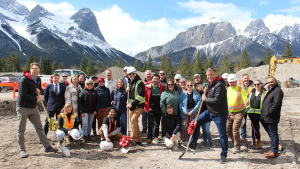
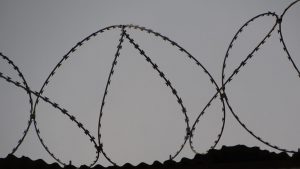

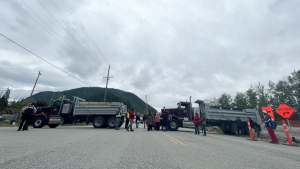

Recent Comments
comments for this post are closed